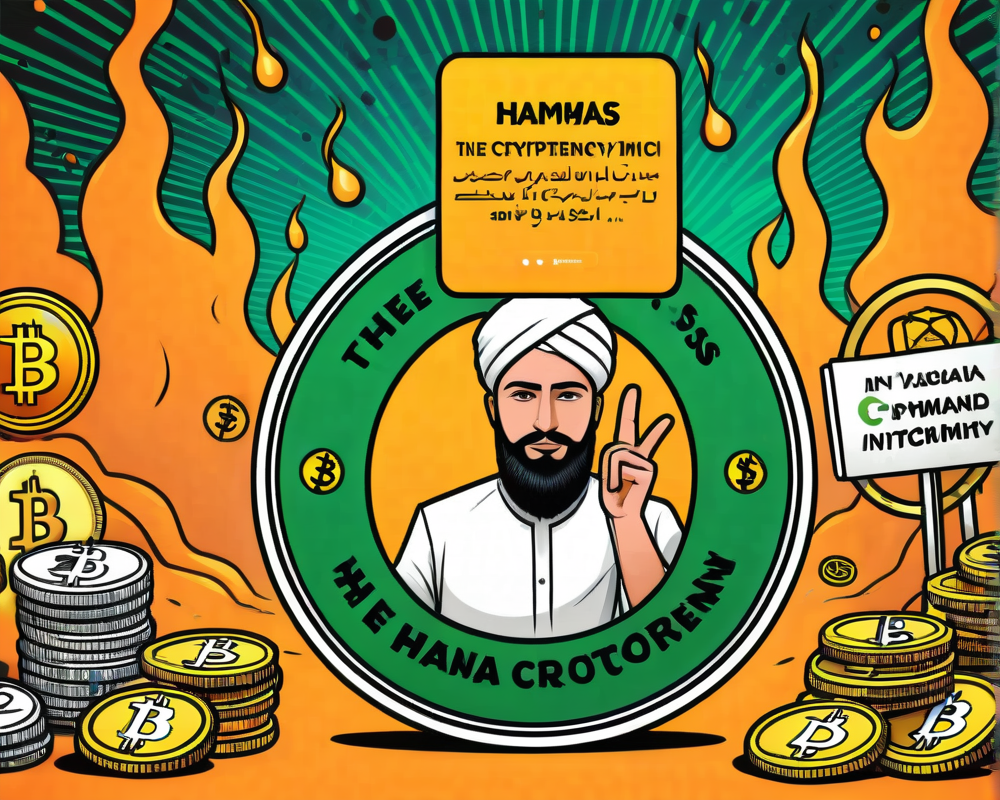Decentralized Finance Is Key for Crypto to Overcome Fed Challenges
Bitcoin (BTC) adoption by governments and companies remains a dubious question, and the “digital gold” thesis proposed by advocates faced harsh critics after Tesla sold 75% of its holdings in the second quarter of 2022.
Larger entities buying or selling Bitcoin have always moved the needle on how close countries are to using cryptocurrencies as a store of value. Currently, the average purchase price of El Salvador’s Bitcoin holdings stands at $45,000, making it a rather unprofitable investment.
Regardless of how long adoption by the large institutional holders will take and its subsequent impact on price expectations, it is possible to roughly estimate a minimum price per BTC based on each country’s foreign currency and gold reserves.
El Salvador might have been the first country to adopt Bitcoin as legal tender, but its 2,381 BTC position represents less than 2% of the country’s total reserves. More importantly, the South American republic does not rank among the top 100 countries in terms of its gross domestic product.
Jamaica, on the other hand, has a population that is 56% smaller than El Salvador and its international reserves are 30% higher at $4 trillion. Even Trinidad and Tobago, a tiny island country in the Caribbean with the same population size as San Diego, California, holds $6.9 trillion in reserves.
What becomes clear is how tiny (economically) El Salvador is in comparison with the aggregate $15 trillion held by the 160 countries included in World Bank data.
Would it be possible for other economies to buy reserves at Bitcoin’s current $20,000 price?
Could every government match its reserves with BTC?
For starters, $15 trillion is 39 times larger than Bitcoin’s $385 billion market capitalization at the current $20,000 per coin. Theoretically, 750 million BTC would be required for every country to replace their gold and foreign currency holdings. Even a conservative 3% allocation would represent 22.5 million BTC, which exceeds the total number of coins in circulation.
Furthermore, not every Bitcoin is available for sale and an estimated 3.7 million BTC coins have been lost since 2009, according to blockchain forensics firm Chainalysis.
This brings the current supply closer to 15.5 million coins, making the 3% allocation using foreign reserves even more impossible at the current $20,000 price.
Assuming that every holder is willing to sell their coins, the minimum average price needed would be $29,000 for a 3% allocation, equivalent to $450 billion.
What makes a good hedge?
The Prisoner’s dilemma is a typical example of the game theory study that demonstrates why two rational actors may refuse to cooperate even though it appears to be in their best interest. Betrayal is the dominating strategy for both sides, which is the most likely reaction in all scenarios.
For example, Switzerland alone holds $1.1 trillion in foreign and gold reserves, meaning their 3% allocation would amount to $33.3 billion. It is unthinkable that some entity would be able to grab over 1 million coins without raising alerts. The remaining countries would have a harder time finding large quantities at similar price levels.
Ultimately, El Salvador’s investment was a drop in the bucket and Bitcoin adoption as a global store of value is still in its infancy.
In conclusion, Bitcoin might not seem to be a hedge currently but on a 10-year timeline, it has significantly outperformed most of the assets amid a range of macroeconomic challenges. The crypto industry should embrace decentralized finance (DeFi) for a robust future economy.




